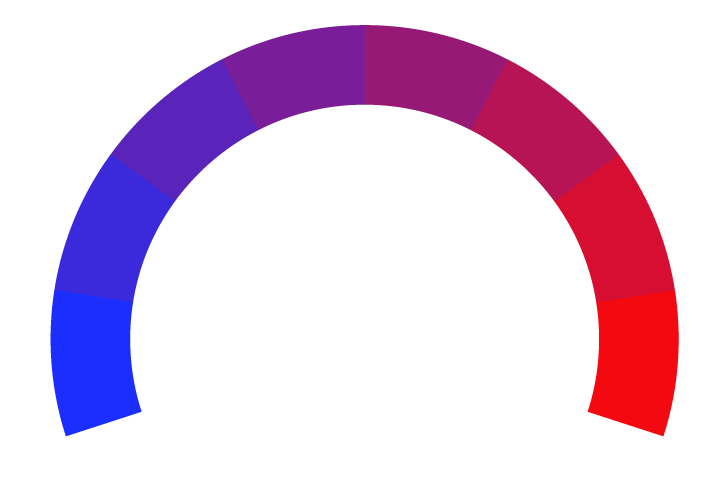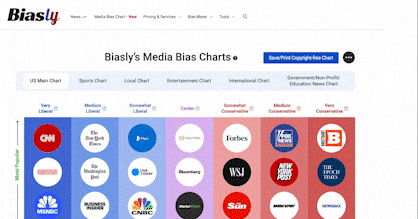 MarketWatch Article Rating
MarketWatch Article RatingHow will restarting student loan payments affect the economy? Let's count the ways.
- Bias Rating
- Reliability
10% ReliableLimited
- Policy Leaning
-8% Center
- Politician Portrayal
8% Negative
Continue For Free
Create your free account to see the in-depth bias analytics and more.
By creating an account, you agree to our Terms and Privacy Policy, and subscribe to email updates.
Bias Score Analysis
The A.I. bias rating includes policy and politician portrayal leanings based on the author’s tone found in the article using machine learning. Bias scores are on a scale of -100% to 100% with higher negative scores being more liberal and higher positive scores being more conservative, and 0% being neutral.
Sentiments
N/A
- Liberal
- Conservative
| Sentence | Sentiment | Bias |
|---|---|---|
Unlock this feature by upgrading to the Pro plan. | ||
Reliability Score Analysis
Policy Leaning Analysis
Politician Portrayal Analysis
Bias Meter
Extremely
Liberal
Very
Liberal
Moderately
Liberal
Somewhat Liberal
Center
Somewhat Conservative
Moderately
Conservative
Very
Conservative
Extremely
Conservative
-100%
Liberal
100%
Conservative

Contributing sentiments towards policy:
56% : Consumer spending will slow Pandemic relief payments and forbearances on mortgages and student loans were just a few of the factors that led to households having more to spend during the pandemic.54% : In the first quarter of 2020, nearly 11% of student loan balances were 90 or more days past due, according to the Household Debt and Credit Report from the New York Fed.
54% : If you're worried about your ability to make full student loan payments once the forbearance ends, the 12-month on-ramp period will save you from default, so consider easing back into full payments if it's helpful.
51% : Money that may have otherwise gone to student loan debt could be used for home repairs, clothing, or entertainment and travel after pandemic restrictions were lifted.
46% : Savings will remain low or fall further The personal saving rate -- a percentage of disposable income that people are able to set aside after taxes and expenses -- rose significantly, hitting 34% early in the pandemic, but is now at the lowest since the Great Recession, at 4.6%, according to the Federal Reserve Bank of St. Louis.
42% : With student loan debt payments coming due, this rate will necessarily decline for those affected households.
*Our bias meter rating uses data science including sentiment analysis, machine learning and our proprietary algorithm for determining biases in news articles. Bias scores are on a scale of -100% to 100% with higher negative scores being more liberal and higher positive scores being more conservative, and 0% being neutral. The rating is an independent analysis and is not affiliated nor sponsored by the news source or any other organization.






















